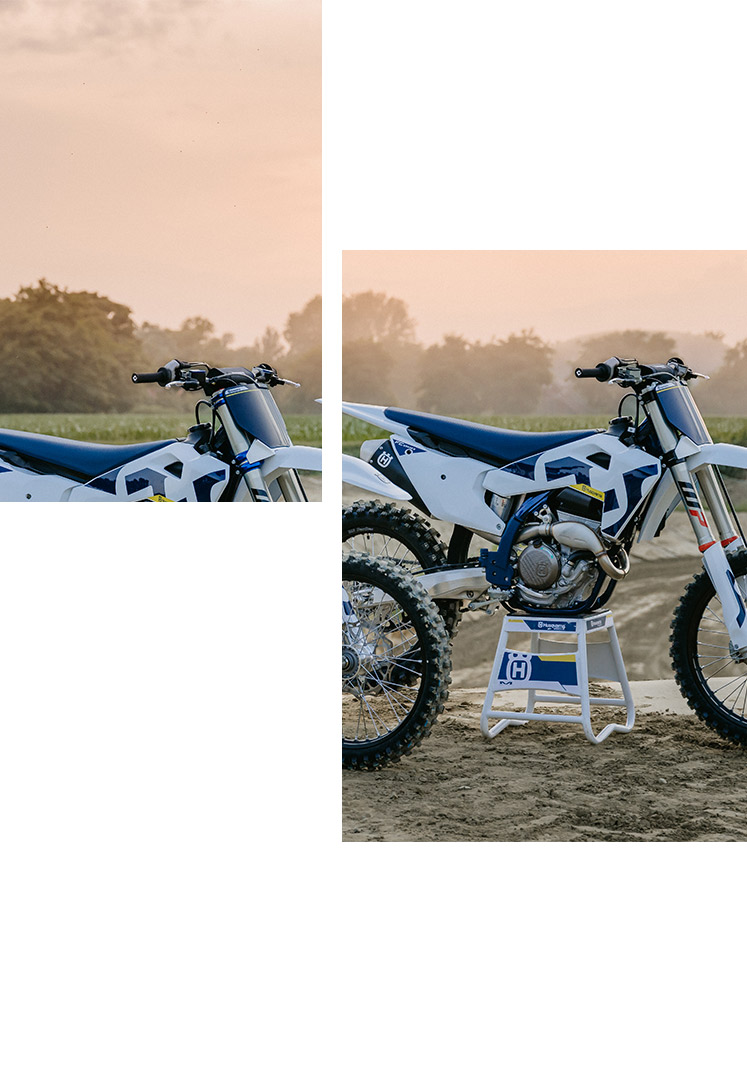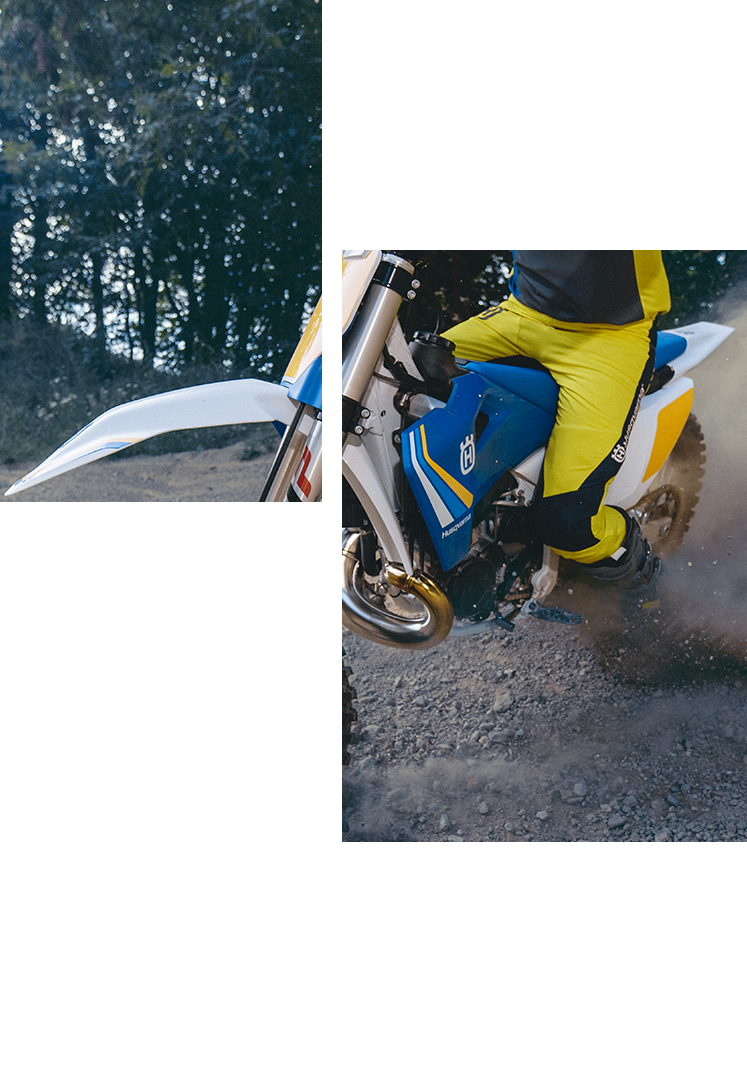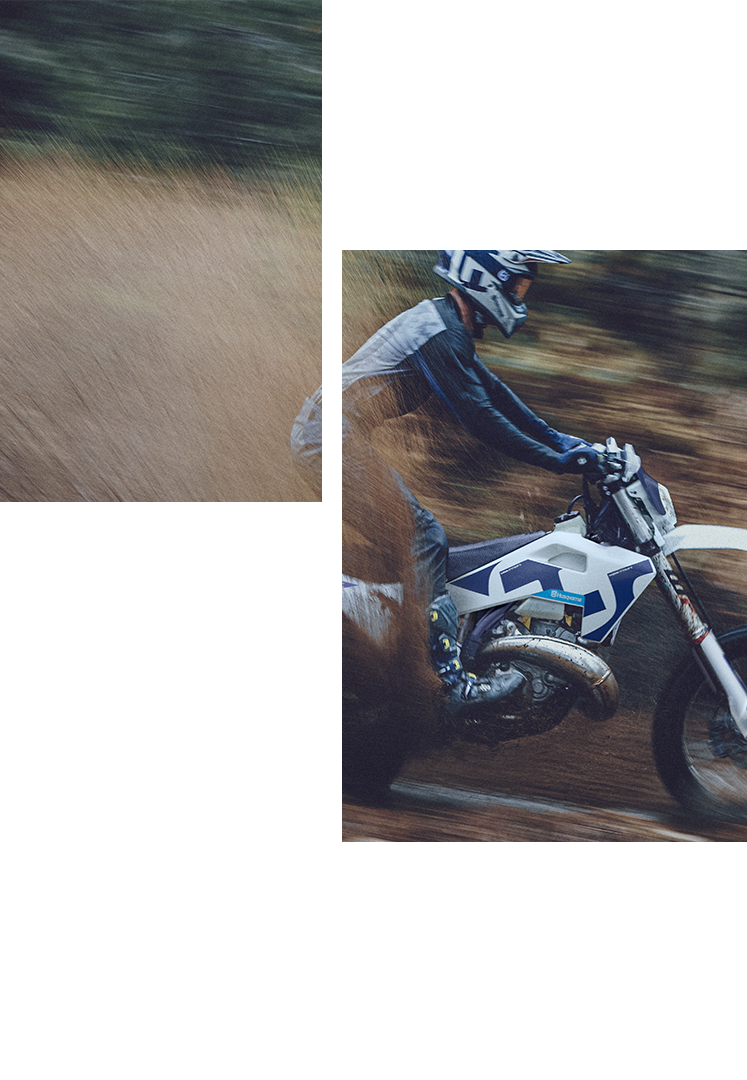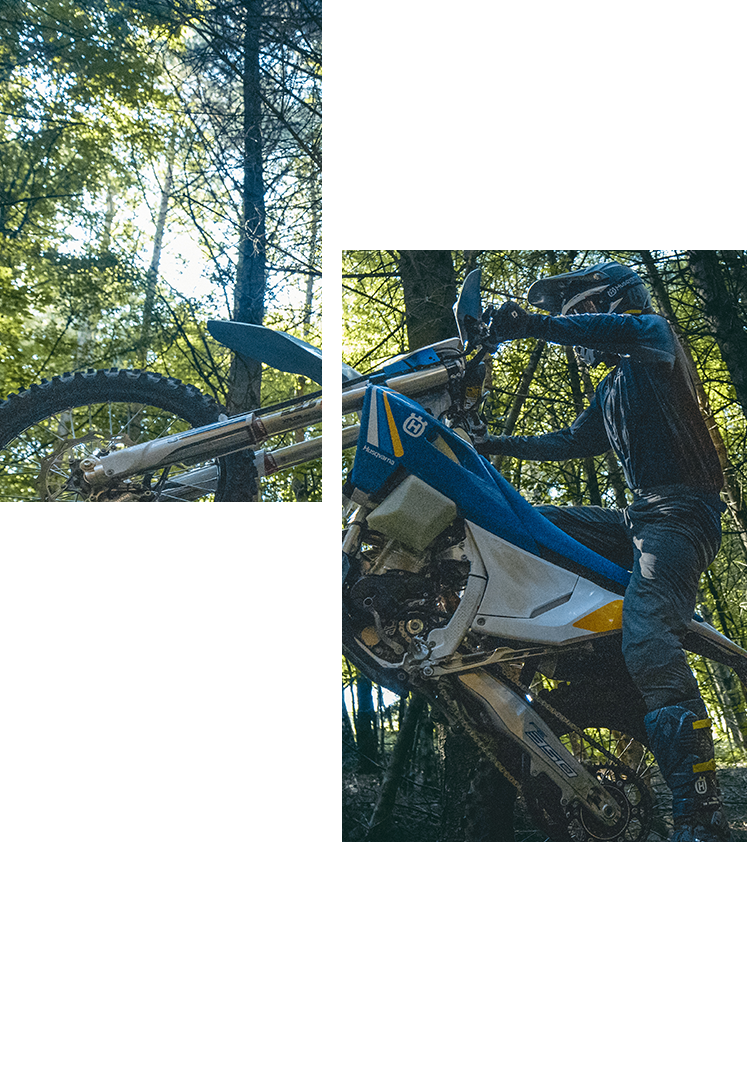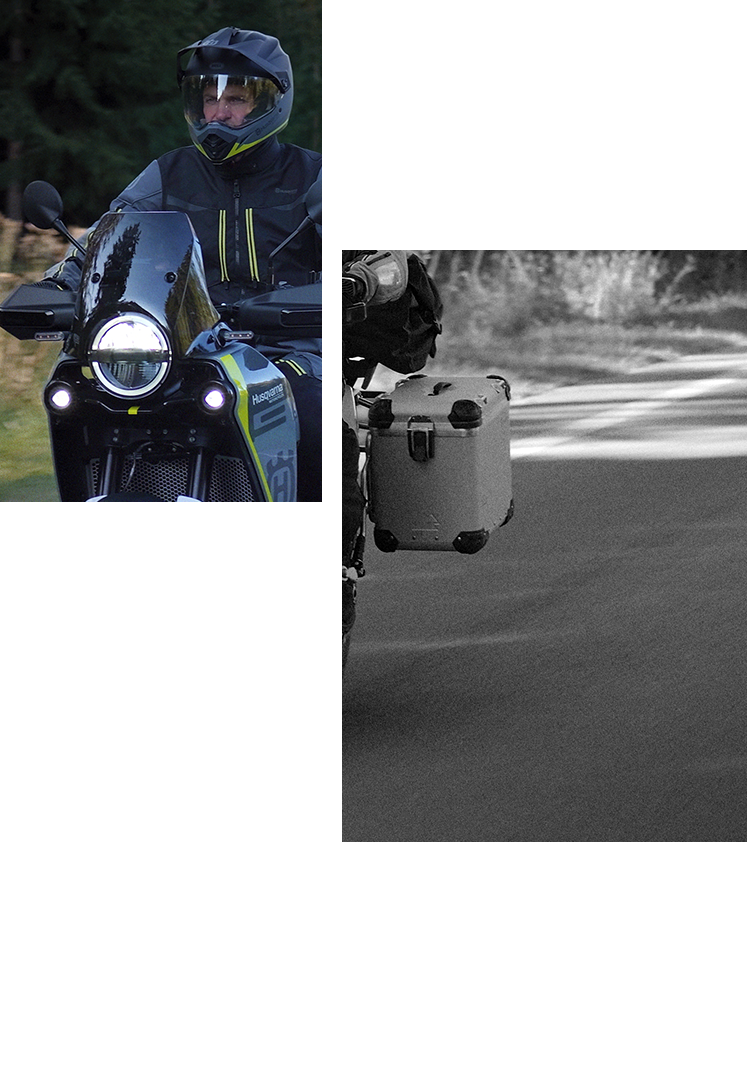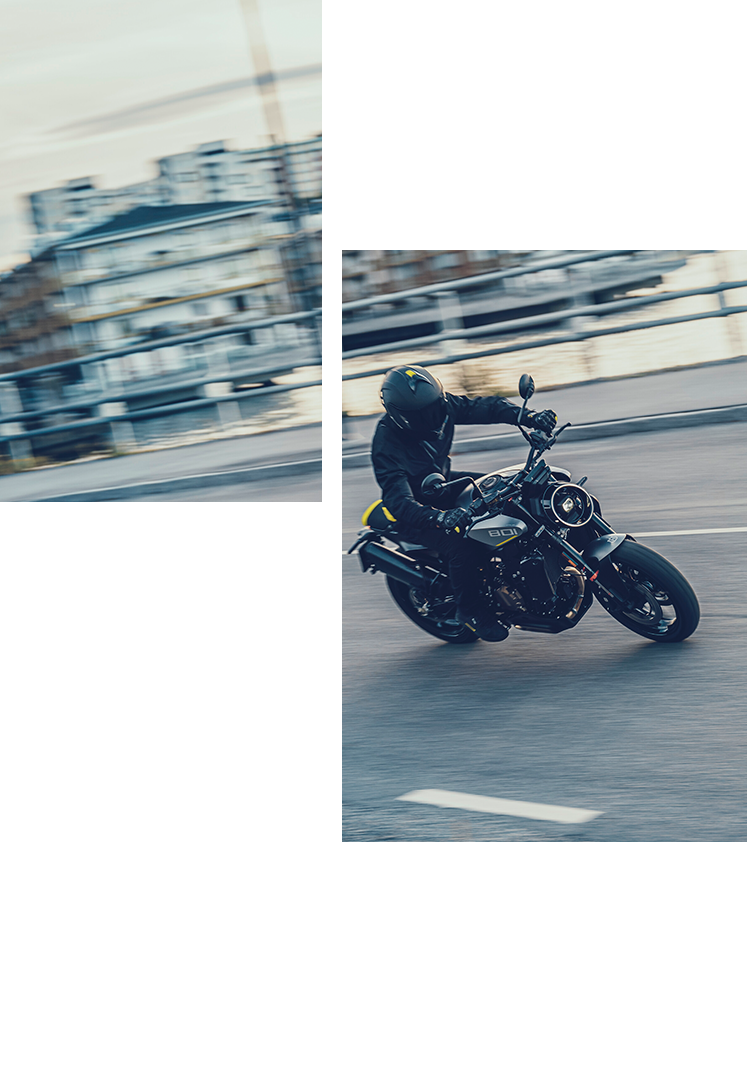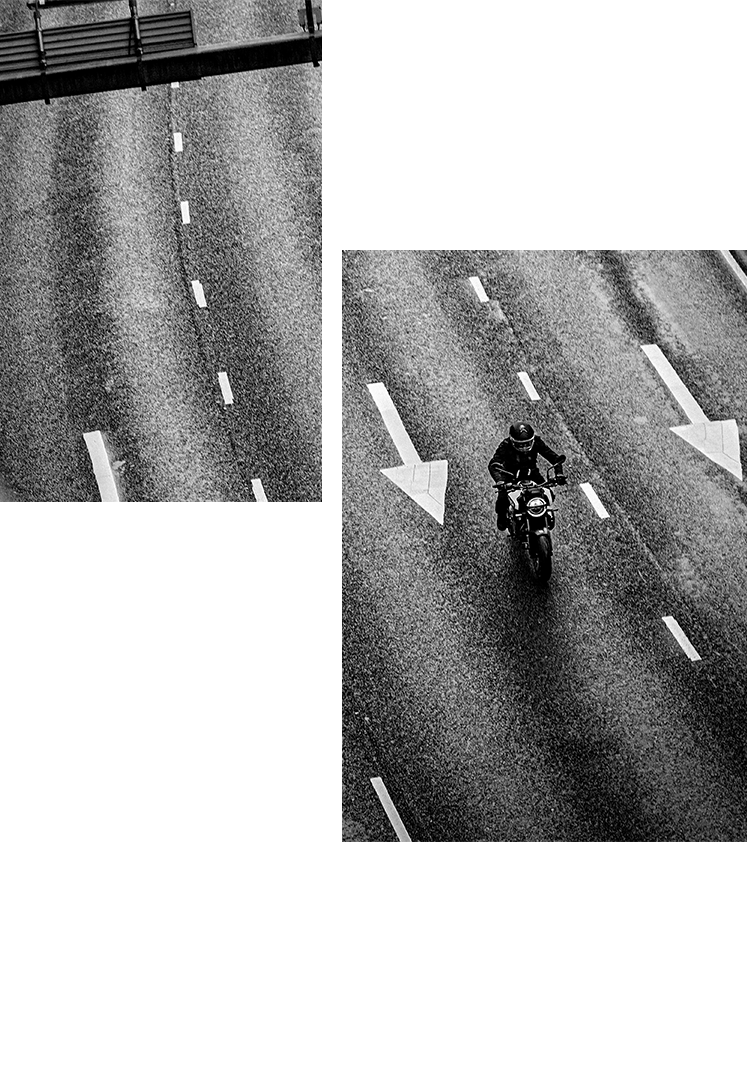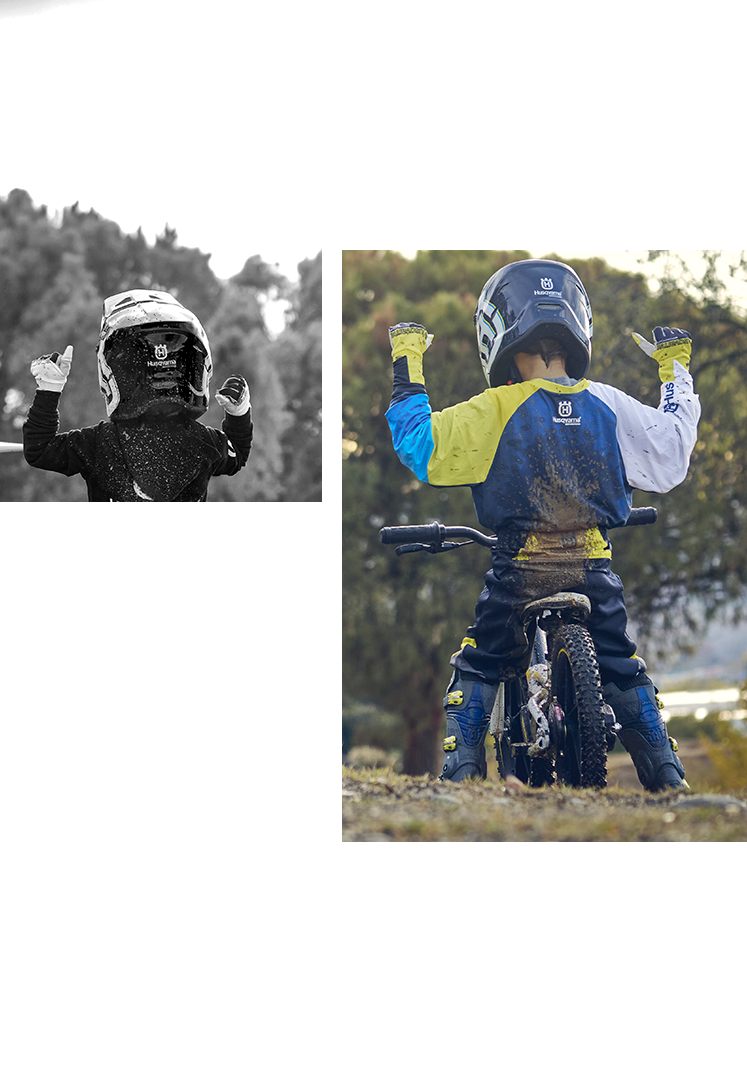"Motornyheterna" was established in 1925 when the surge for news began to spread in the Nordic country. People in Sweden had a great interest in motoring venues, be it an exciting two-wheel race or then a fabulous arrangement for four-wheelers, cars. The newly started magazine covered it all, including articles of boating and flying. The initial price for an issue was set at 25 öre (Swedish currency), equalling three cents in today's Euro. The yearly subscription rate was quoted at one Euro (not updated for inflation, of course). The original format of "Motornyheterna" was a large 35 by 50 centimetres, difficult to handle, but nevertheless manageable. After some ten years the editors cut the size by twelve percent in order to make it more effective.
The contents varied, as said, and so did the number of pages. But generally, eight pages would suffice to cover each week's happenings around the globe. Yes, by all means, the reports included major events in the world, even if taken with a pinch of salt. But the emphasis was of course focused on true national happenings.
Looking back at an issue from March 29th in 1929, we find an interesting full-page article on Husqvarna, based on a factory visit by a staff editor from "Motornyheterna". More statistics - this happened in the fifth publication year and the 203rd issue of the magazine. The preamble of this report concerns Husqvarna's history as an arms & weapon manufacturer, dating back to 1689. The Motoring News editor is then walking around the premises which ‘are both modern and old’ as the factory has been updated throughout the years. In the motorcycle division the new models had just been presented. ‘The 30A and the 50A machines – 250cc and 500cc respectively - are sport models, which appeal to its customers,’ the editor states.







